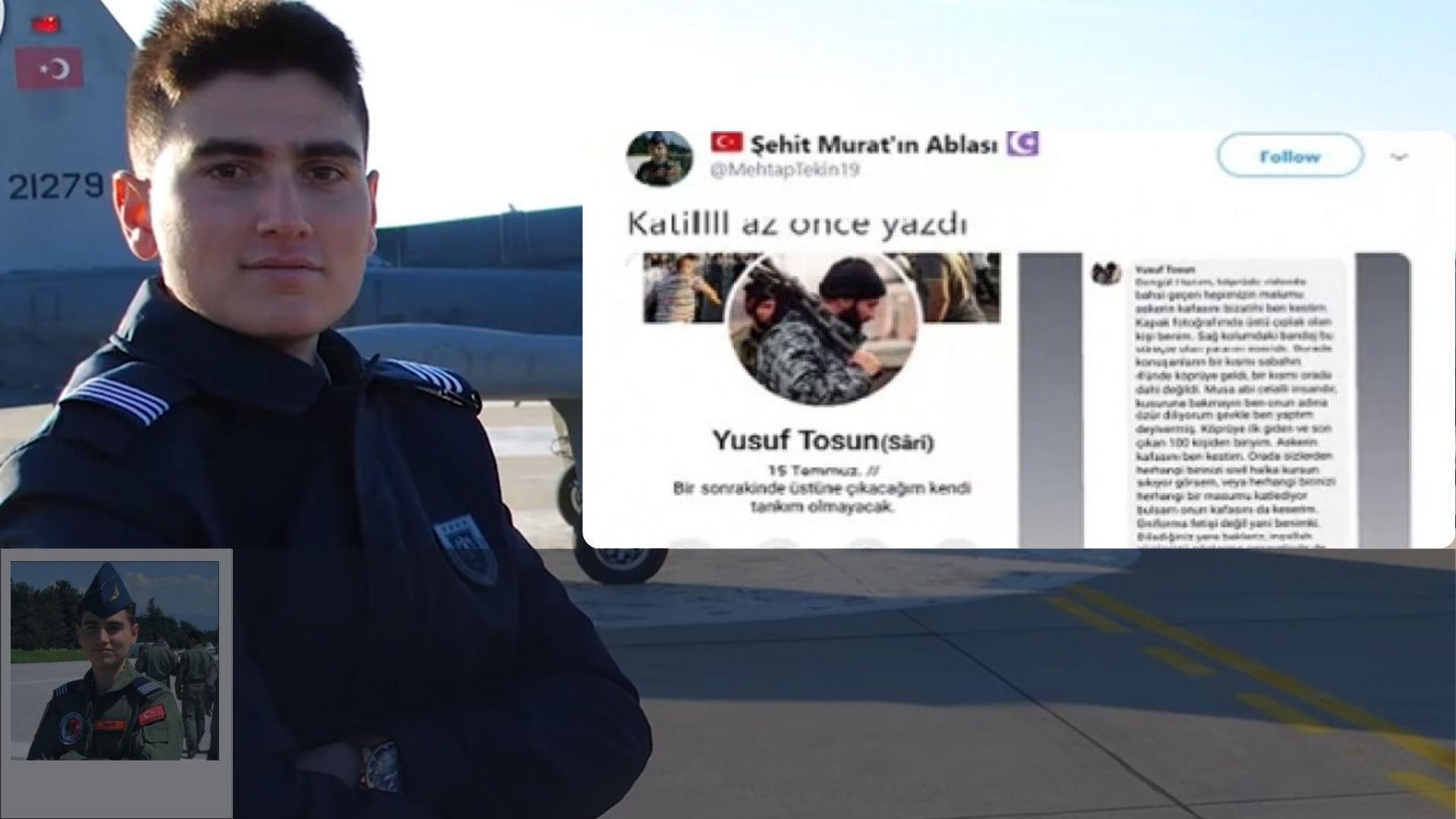The Chief of General Staff Who Set a Trap for His Soldiers: Hulusi Akar

On the night of July 15, 2016, Turkey experienced one of the most critical events in its recent history. Personnel from the Turkish Armed Forces were handed over to the ruling government by their own commander, the Chief of General Staff, and the Force Commanders. As a result, through a state-led and pre-planned operation, supported by certain political parties and nationalist factions, the so-called coup project was turned into a trap, leading to purges.
Who Benefited from the July 15 Project?
When examining the period from July 15, 2016, to today, it becomes clear what the country has lost and what those in power (and plundering it) have gained. This makes the answer to our question obvious.
Hulusi Akar and Hakan Fidan’s Meetings
Hulusi Akar, the Chief of General Staff, and Hakan Fidan, the head of the Turkish National Intelligence Agency (MİT), played critical roles in the project, which began to be implemented at least a year before July 15. In addition to the profiling efforts within the military conducted jointly by the nationalist/Eurasianist faction and the government, Sadık Üstün, an operative from the Turkish National Intelligence Agency, was preparing lists for profiling military personnel. Considering the hours-long, phone-free, unguarded walks that Akar and Fidan took together in the garden of the Land Forces Command, it is unlikely that these profiling efforts occurred without their knowledge.
Hulusi Akar’s Traps for His Soldiers
To convince the public that the July 15 project was a coup attempt, it was sufficient for a group of soldiers and military vehicles to leave the barracks. The rest would be exaggerated through propaganda and media manipulation. This is where Hulusi Akar came into play.
The KOKDOT Trap and Military Intervention in Public Incidents
Under the KOKDOT framework, the military was to intervene when police forces proved insufficient during public incidents. The law, enacted shortly before July 15, raises strong suspicions that this was a trap set for the military.

The Drill Trap
Another trap Hulusi Akar set for his soldiers was the “drill” system. Colonel Ramazan Gözel, Hulusi Akar’s Chief of Private Office, revealed critical details in his court testimony:
“Another issue is that Hulusi Akar established a system of unplanned, goal-oriented, realistic drills without time constraints to verify training under the Land Forces Command for two years. He personally tested it at the 4th Corps and the 28th Brigade. This is significant for July 15. Training was eliminated, and drills became the norm. He said that training would be integrated into drills. If someone accidentally mentioned ‘training’ in Hulusi Akar’s presence, it was over for them. He would say, ‘What are you doing? Training? No, you’re conducting a drill.’”
This shift completely changed the military’s traditional training and drill system
The Trap of Terrorist Attacks on Military Installations
Leading up to July 15, terrorist attacks targeting military installations prepared the groundwork for the military’s mobilization on the night of the events.

In a document signed by Major General Metin Özbek, it was stated that there were rumors of a high-profile terrorist attack against the General Staff. After July 15, Metin Özbek retired without undergoing any investigation.
The Barracks Security Trap
Hulusi Akar’s strict orders regarding barracks security led soldiers to act to defend their barracks on the night of July 15. Colonel Ramazan Gözel testified:
“Hulusi Akar placed great importance on barracks security. He would say, ‘The soldier’s primary duty is the security of themselves and their barracks.’ He emphasized the danger of civilians entering the barracks and even conducted training on this after the flag-lowering incident in a Diyarbakır military unit in 2013. He warned that if anyone unauthorized entered a barracks, the barracks commander would face severe punishment. He started preparations on this issue when he was the Commander of the Land Forces and continued as Chief of General Staff. He said, ‘Conduct studies on how tanks and armored vehicles would be used in urban settings during public incidents.’”
Conclusion
The July 15 project was a trap designed and orchestrated by the government and its allies to usher Turkey into an authoritarian regime. Hulusi Akar and Hakan Fidan played direct roles in its implementation.
Fatih Ayhan Acar




